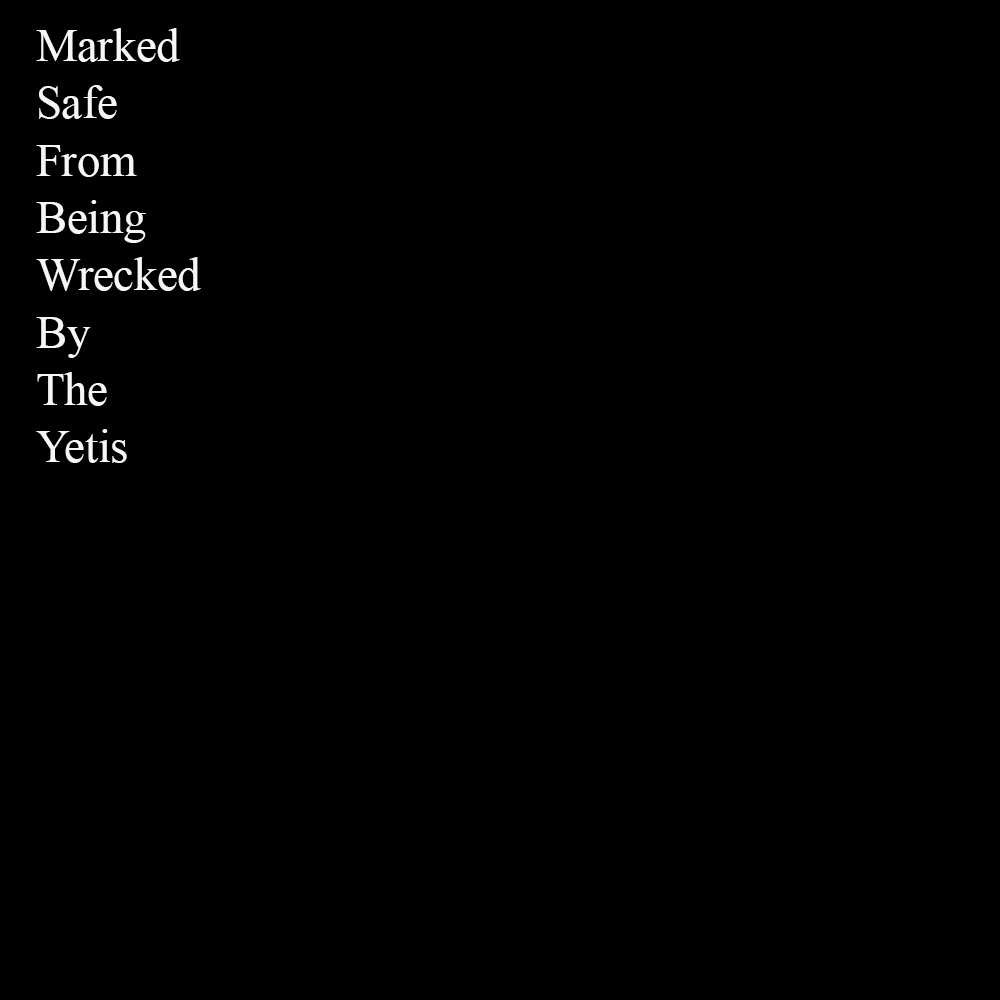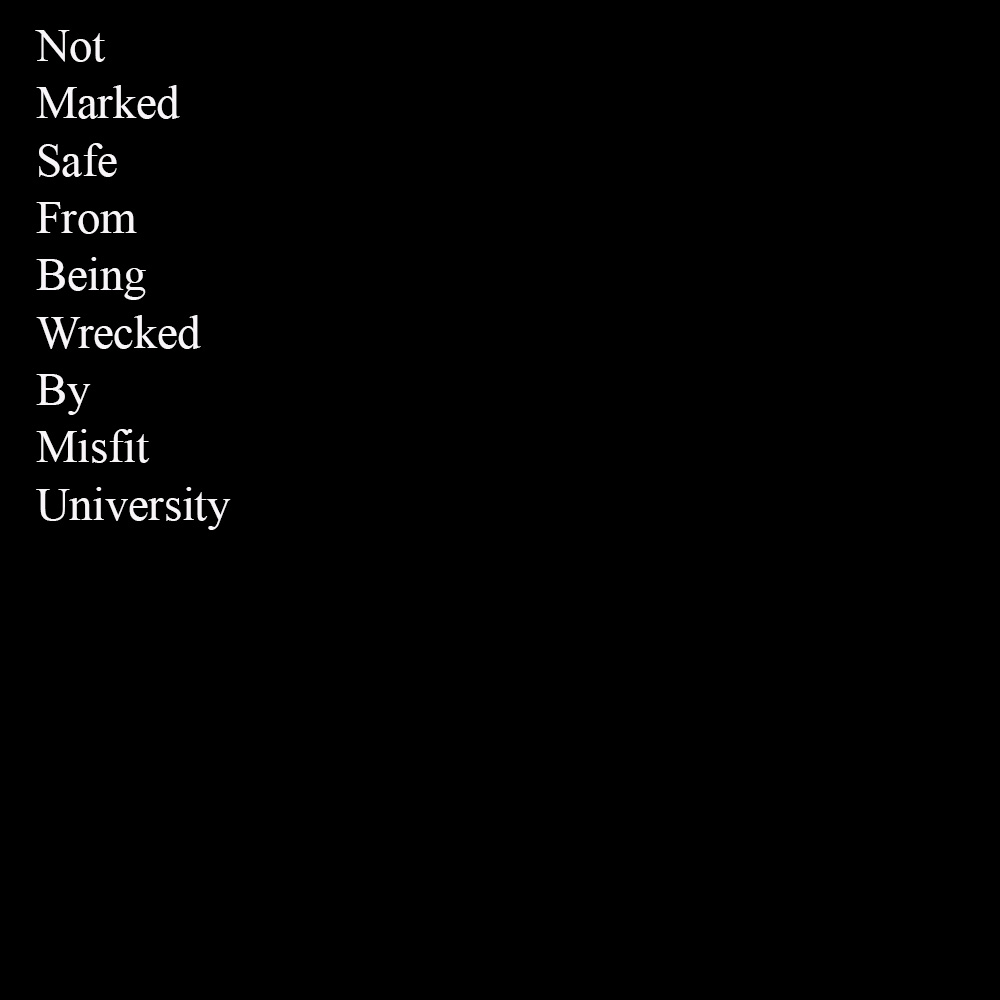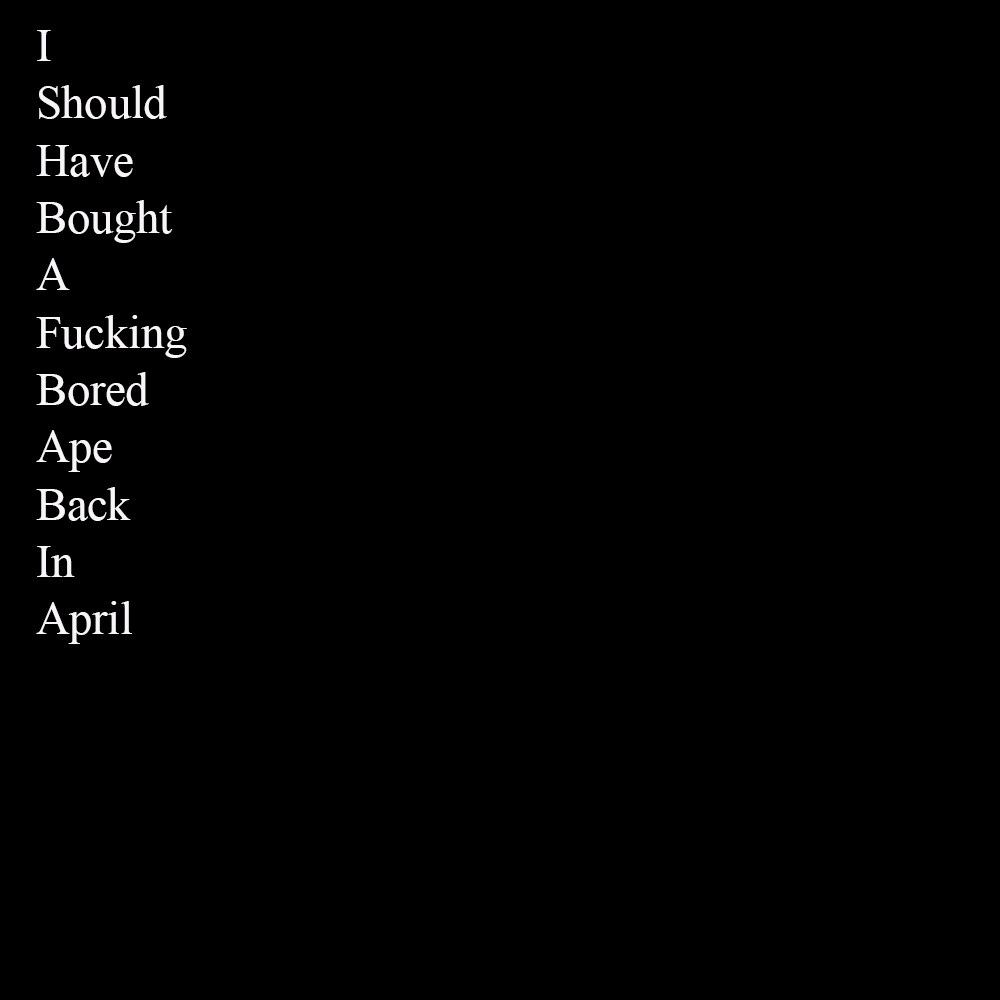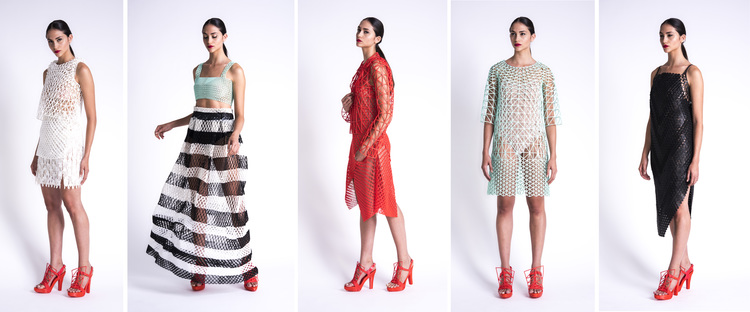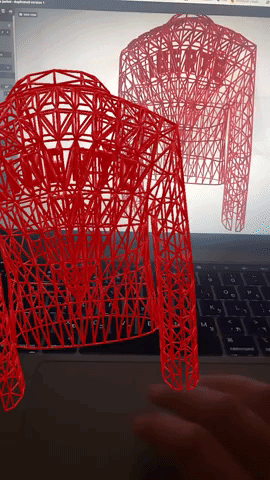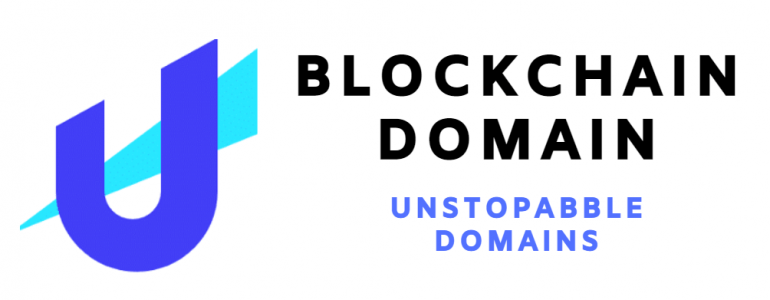If you are still trying to figure out why these black squares with white text are worth 8 ETH right now, you are not alone. Many have been confused by the Loot Project and its various spin-off derivatives Bloot, Sloot, Ploot, etc.
This is probably because the Loot project is the first of its kind. Taking a bottom-up approach and integrating complete decentralization from its genesis. There is no art, no team, no road map, no centralized authority to determine the specifics of this NFT project. It is totally up to the community to build on top of a barebones set of words that can be interpreted in any way the community sees fit. This is the ultimate decentralized community social experiment. It teases at one of the underlying secrets being uncovered by NFTs in general: that the most valuable aspect to NFTs is the community itself that forms around and gives value to projects.
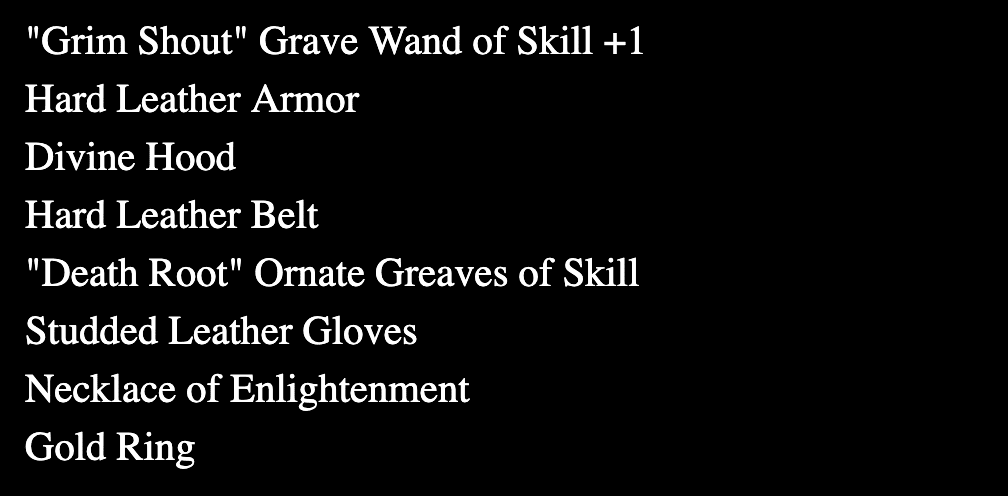
I spotted Loot several times before it exploded thinking it was silly each time. Not one of those times that it came up on my radar did I fully dig into understanding what was really going on here. It was my flashbacks of not buying into Cryptopunks, and then years later the Bored Ape Yacht Club, that made me say wait a minute let me understand this before I dismiss it once and for all.
I spent some time digging into the Loot Project website and several aspects caught my eye, reminding me of the early days of NFTs. They even started a forum; something you don’t see very much of anymore. Their activation felt very organic, the community forming around this was growing really fast and utilities for this project were being built in a matter of days after the project’s release.
You can find a list of resources on the official website
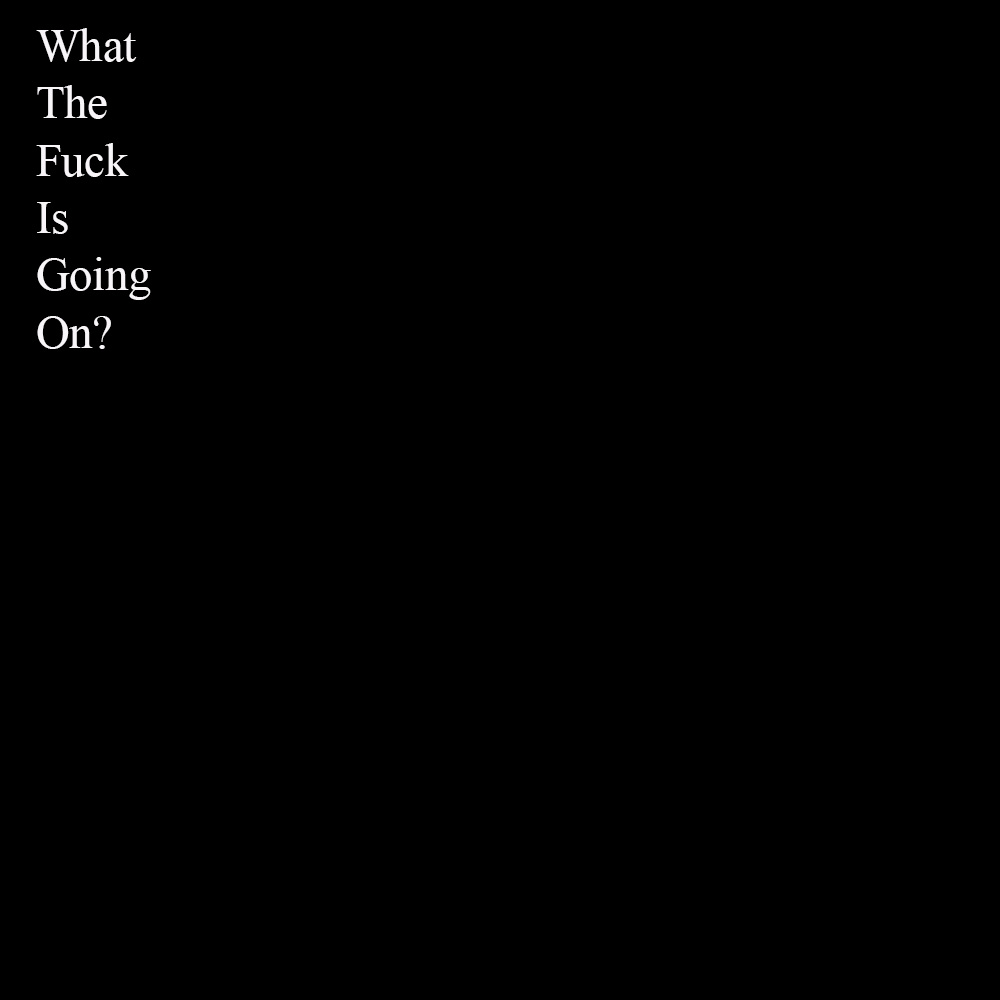
I think some of the confusion stems from the phrase “build on top of Loot” I think most people hear that and think WTF does that even mean? It’s a black square topped with white text… How do you build on that?
As far as I can tell, there are a few separate camps to this Loot craze. There are those who don’t care about the project; for them, it’s pure speculation, as long as there is market value in this NFT project, they are happy to participate. Then there are the builders; the coders, the nerds, the ones who are taking a hold of this new concept and just experimenting with the idea by building useful or creative applications and layers for the community forming around Loot. They too are speculating, but in a different manner, investing time and brain capacity to building applications for the Loot ecosystem.
And then there’s the rest of us who, for the most part, are standing on the outside looking in like, “WTF is going on over there?”
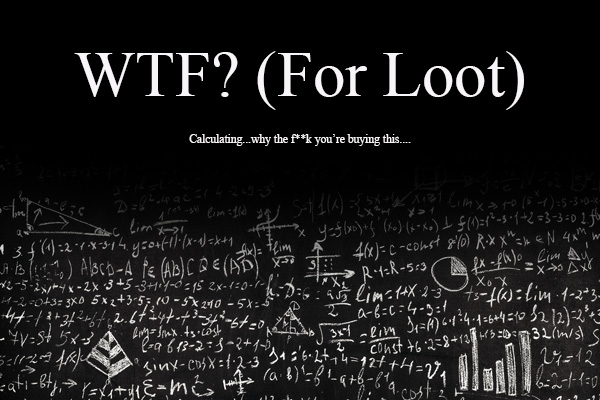
I will put this in a different way that I was able to understand:
Imagine that instead of the Star Wars universe being crafted and created by George Lucas, that the essential building blocks of the Star Wars universe existed in the form of just words outlined as a framework or starting point, and that those individuals who would one day become known as “Star Wars nerds” could have the opportunity to take that starting point and built out meaning, art, interpretations, stories, characters, quests, games, and more.
It all begins with a basic starting point- and the community that forms around a project could cause it to succeed or fail based on the contributions of the collective community. What are the possibilities for this “Star Wars universe without George Lucas” controlling major decisions? That is essentially the experiment of the Loot Project at its core.
While Loot being the first of its kind is likely to continue to hold some sort of value, there is no guaranteed success here. Though the concept is novel and one we can all learn something from.
Vitalik made a comment on the Loot Project:
I think the @lootproject philosophy has it right: pretty much anything that anyone creates "exists", what matters is to what extent other people build upon it.
— vitalik.eth (@VitalikButerin) September 2, 2021
I think he’s right,
The Loot project really will depend on what the community decides to build with the basic building blocks that Loot created. I will share my speculative guess at the possibilities.
I know there are a lot of big creative brains in the NFT space. And while the market frenzy may come and go, there will almost certainly be a smaller group of builders who put their heads down and build, despite the price of Loot and its many derivatives. And out of this incubation could very well be some next-level projects that utilize the Loot architecture and ecosystem.
In my opinion, it would be well worth understanding this instead of dismissing the project because it doesn’t make sense yet. I have learned this from the experience of being wrong on NFTs so many times before starting with Crypto Kitties and Crypto Punks, then more recently not hitting the Mint button on the Bored Ape Yacht Club. I am learning to question my initial reactions, especially when I do not fully understand a project.
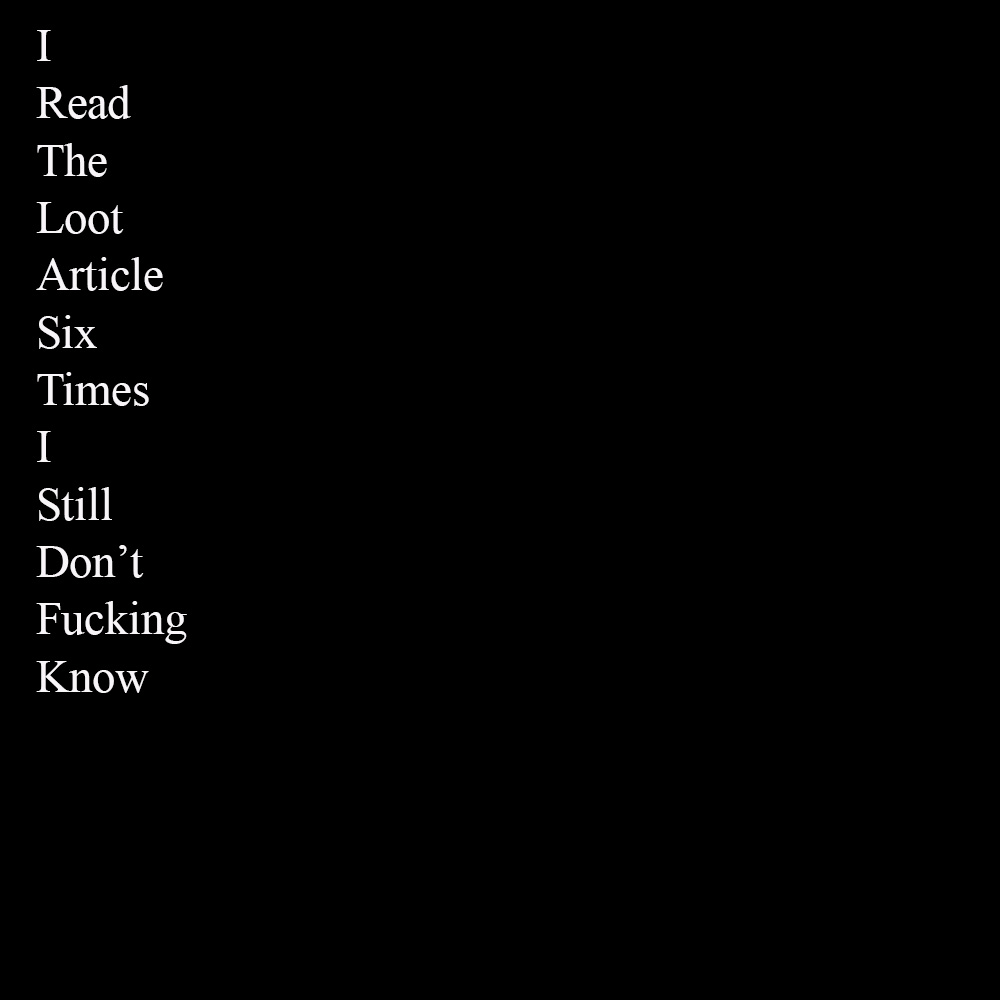
I think it’s safe to assume that most of the Loot derivatives and spin-offs, including my own parody WTF (For Loot) collection, will eventually run out of steam because speculation can’t sustain a community when the value is derived from pure speculation. Additional use-cases will need to be built with those projects for the valuations to be justified. I think it’s important to be careful apeing into Loot derivative projects. Consider who your peers are in that community, what are their intentions? If it’s pure “wen Lambo” and “wen moon,” then I think the greater fools theory applies. However, if you can see genuine efforts at creative, useful, ideas being worked then the possibilities may be just as numerous as the minds involved.
If you would like some additional explainers for Loot because it still doesn’t make sense there are a few other detailed and informative articles like this Loot Explained piece. I never intended this to be the go-to guide breaking every single detail down.
One last sidenote I would like to highlight is that EVERY single Ethereum address that will ever exist has what is called Synthetic Loot which can also be used to build upon.
You can check your own synthetic loot character by putting in your address here and hitting enter (No need to connect wallet).
You see, this loot character below was built on “synthetic loot” which is part of the Loot project that everyone who has an Ethereum wallet has free access to.
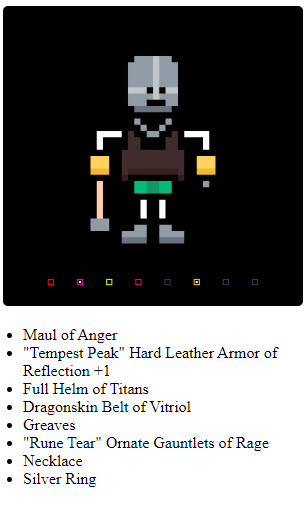
The organic community-driven growth around this project is unmistakable by the sheer volume of what has already been contributed and built within a matter of days of the Loot Project being released, what comes next is up for the community to decide.
